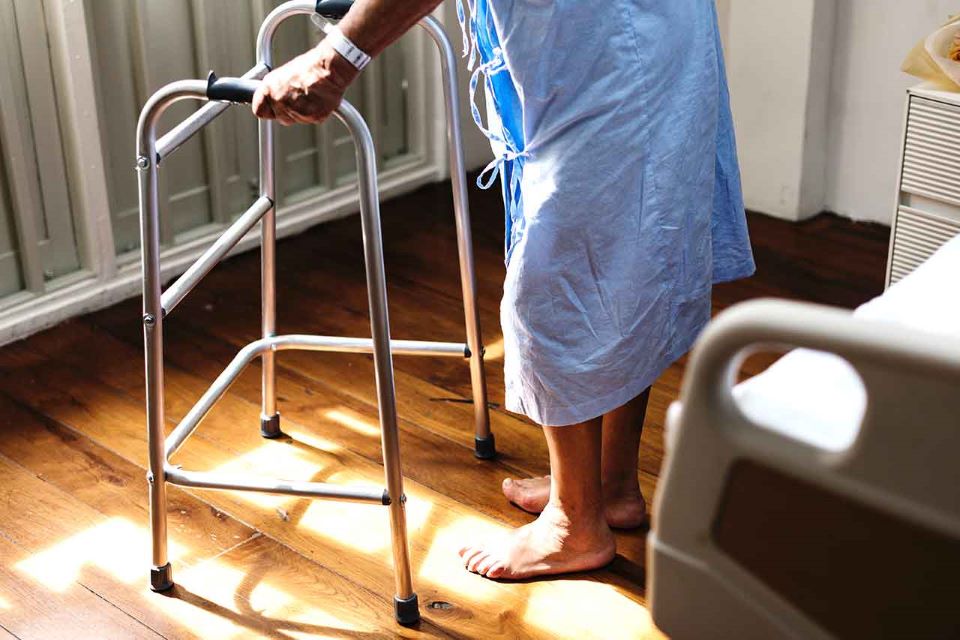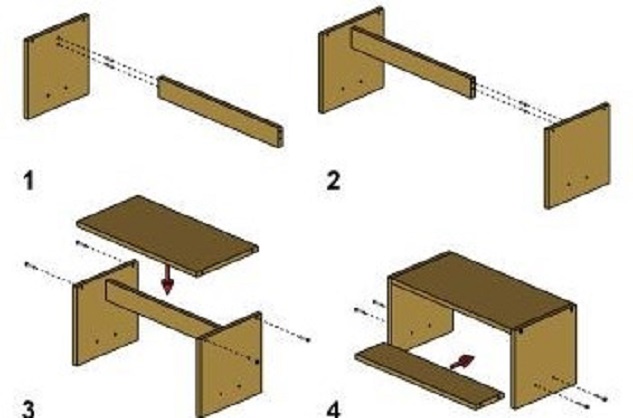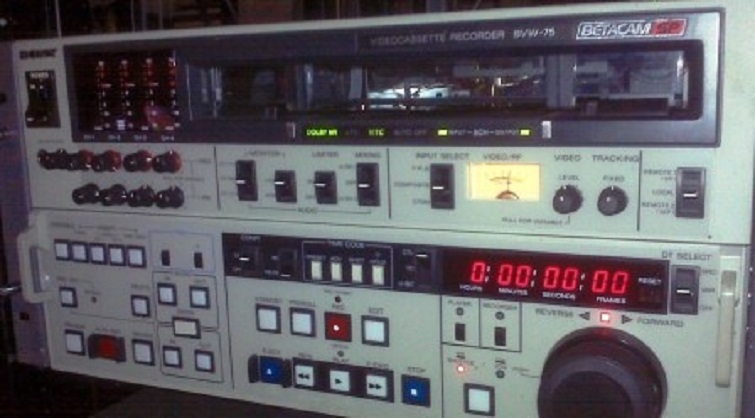
"75% of PR agency owners don't know much about social media" That's a headline from a recent PR industry survey showing the extent to which social media is impacting some of the traditional ways of doing business. The survey highlights how 90% of Public Relations owners don't believe social media will replace traditional print and broadcast media, but simultaneously assert that 78% say it's important to offer social media services.
Pitching a campaign with a social media component tacked on doesn't work. It isn't culturally sustainable, and can create and expose brand and messaging dissonance with consumers and stakeholders. Tweets say this, practice says that. New media has consequences for organizations who are being caught flat-footed at the speed with which conversations can evolve and communications should be organized - to use a military phrase - to fight today's war, not the last one.
 No comments
No comments- Details
- Written by: Norman Smit
- Category: Learning
- Published:
- Hits: 2013

 I review how Coherent Marketing, formarly known as Integrated Media Strategies, is doing on Search platforms on a regular basis and for the past few months, we have been holding steady with a #2 ranking on Google for 'integrated media', just behind Wikipedia. For a startup company less than a year old providing media and consulting services - not some buzzworthy Silicon Valley clone, it is a significant achievement.
I review how Coherent Marketing, formarly known as Integrated Media Strategies, is doing on Search platforms on a regular basis and for the past few months, we have been holding steady with a #2 ranking on Google for 'integrated media', just behind Wikipedia. For a startup company less than a year old providing media and consulting services - not some buzzworthy Silicon Valley clone, it is a significant achievement.
It also shows that it is possible for smaller companies providing good services and who have a sound integrated marketing and communications plan to be able to compete against organizations with far larger budgets. But it does require some attention to what I call the basics:
- Details
- Written by: Norman Smit
- Category: Learning
- Published:
- Hits: 1866

I originally created this help topic to assist members of the Experimental Aircraft Chapter whose site I created and manage. Many of the members are older and were insecure about creating content on a website. To foster engagement, HELP instructions demystifies the processes they use. After all, if they are capable of following the instructions when building a kit aircraft, they can do so when posting to a website.
This page provides information about how to post a link in text on a Joomla site page using the TinyMCE text editor.
- Details
- Written by: Norman Smit
- Category: Learning
- Published:
- Hits: 1850

Working with a 10-community college statewide advanced manufacturing workforce development initiative called the Advanced Manufacturing Alliance, which uses Joomla's Easyblog for their News & Updates, it became apparent that the participants needed some instructions on how to create their profiles on the site. Helping people posting to the platform from within the site helps to ensure their postings are more consistent, complete, and provides some context about the person posting, their credentials and their role within the initiative. This was particularly important to visitors from out of state, within the advanced manufacturing industry sector, or potential students interested in a career in advanced manufacturing.
Although Easyblog provides more options for enhancing a profile and provides additional detail and fields that can be important for other blog uses, the steps below provide the basic information needed to get a person's profile looking useful. The images below are from the Advanced Manufacturing Alliance site.
- Details
- Written by: Norman Smit
- Category: Learning
- Published:
- Hits: 2494

In the late 1990s, a technology change caused a massive shift in the way in which news organizations produced prime-time news. While most news organizations were shooting on the industry standard at the time - Betacam SP - and editing tape to tape to produce the nightly news, I helped usher in the digital revolution at a TV newsroom in South Africa called eNews. Although we shot on tape, the digital footage was imported to servers where it was accessible easily for viewing and editing on non-linear software. Commonplace today, the evening news, script, graphics and video was compiled and broadcast from server. Although our newscast was an hour earlier than the flagship SABC competition, our deadlines for airtime were very similar. It meant we could broadcast the same story as the competetition an hour earlier.
Server-based, nonlinear digital video was a key factor – along with a kick-ass team -- that allowed eNews to eclipse the SABC’s audience share within just a few months, overtaking their primetime evening news audience numbers.
- Details
- Written by: Norman Smit
- Category: Learning
- Published:
- Hits: 1953

The storms that blew through yesterday with lightning that fried our company's modem and the data line from the road to our building reminded me of the old tech variant of the joke that 'real men don't do backups'. My many years as a skydiver has taught me the value of a reserve parachute and developing a plan B. What this means is examining processes for a single point of failure and then determining the cost/benefit that a failure at that point is likely to have for survival. Clearly, in skydiving, it's a really good idea.
- Details
- Written by: Norman Smit
- Category: Learning
- Published:
- Hits: 1887



